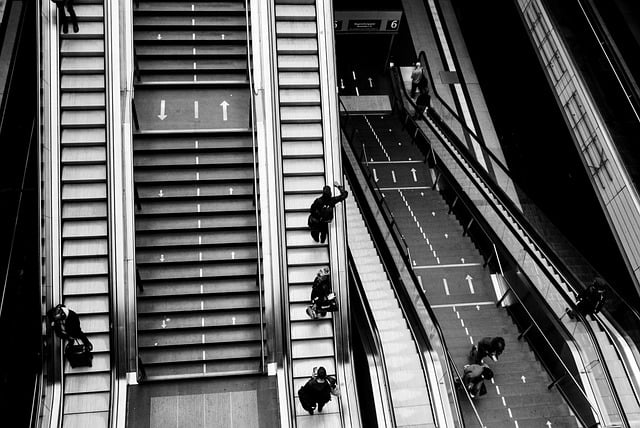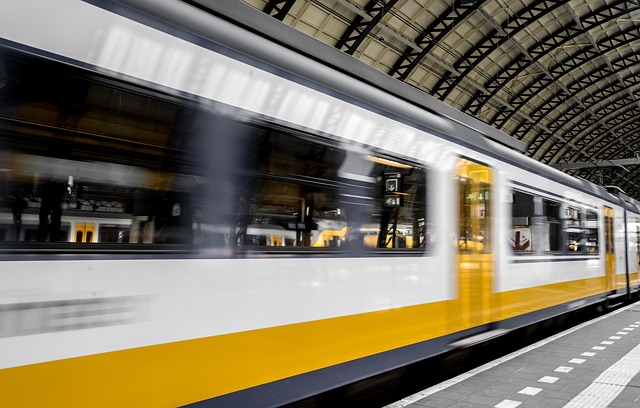Real estate developers and investors play a vital role in creating walkable, eco-friendly urban neighborhoods by prioritizing accessibility, mixed-use developments, and green infrastructure. This approach enhances air quality, biodiversity, and residents' well-being, reduces car reliance, and attracts health-conscious individuals, thereby increasing property values. Walkable neighborhoods transform urban living by encouraging sustainable transportation, minimizing traffic congestion, and fostering a strong sense of community while offering improved health and lower carbon footprints for residents.
Encouraging walkable, eco-friendly neighborhoods is a key strategy for fostering sustainable communities. This article explores the critical role of real estate in creating vibrant, accessible areas that prioritize residents’ well-being and environmental conservation. We delve into the connection between development practices and walkability, the benefits for both people and the planet, and the importance of community engagement in planning these future-forward spaces. Discover how sustainable design principles, green infrastructure, and resident involvement can revolutionize real estate, making neighborhoods healthier, happier, and more resilient.
The Role of Real Estate in Creating Walkable Communities

In the pursuit of walkable, eco-friendly neighborhoods, real estate plays a pivotal role in shaping urban landscapes. Developers and investors have an opportunity to foster communities that prioritize accessibility on foot, thereby reducing reliance on cars and promoting sustainable living. By designing residential areas with a focus on proximity to amenities, public transportation, and green spaces, real estate professionals can encourage residents to embrace more active and environmentally conscious lifestyles.
Smarter urban planning within the real estate sector includes creating mixed-use developments where homes, workplaces, schools, and leisure facilities are interwoven. This arrangement reduces commuting distances, making it easier for individuals to navigate their daily routines on foot or by bike. Furthermore, incorporating green infrastructure like parks, tree-lined streets, and shared pedestrian/cycle paths not only enhances the aesthetic appeal of neighborhoods but also contributes to improved air quality and biodiversity.
– Exploring the connection between real estate development and walkability

The relationship between real estate development and walkability is a crucial aspect often overlooked in urban planning. When designing neighborhoods, integrating eco-friendly principles and promoting walkability can significantly impact residents’ daily lives and the environment. Real estate developers have the power to create vibrant communities that encourage sustainable transportation by focusing on pedestrian accessibility. Well-planned neighborhoods with walkable amenities, such as parks, schools, and local businesses, reduce the reliance on private vehicles, thereby minimizing traffic congestion and carbon emissions.
Incorporating walkability into real estate development involves strategic land use, compact building designs, and dedicated infrastructure for pedestrians. By prioritizing these elements, developers can foster a sense of community and enhance the overall quality of life. This approach not only benefits the environment but also increases property values and attracts health-conscious residents who prioritize ease of access to daily necessities without relying on cars.
– Benefits of walkable neighborhoods for residents and the environment

Walkable, eco-friendly neighborhoods are a game-changer in urban living. They offer residents numerous benefits, from improved health and reduced stress levels to lower carbon footprints. By encouraging a lifestyle that minimizes car dependency, these neighborhoods foster a closer connection to nature and community. In real estate terms, this translates into increased property values, as properties in walkable areas are often sought after for their convenience and appeal to environmentally conscious buyers.
The environment also reaps significant rewards. Reduced traffic congestion leads to lower air pollution levels, benefiting local ecosystems and public health. Additionally, walkability encourages the use of renewable energy sources and promotes sustainable practices among residents. This, in turn, contributes to a greener, more vibrant urban landscape, making these neighborhoods desirable not just for their comfort but also for their positive impact on the planet.






